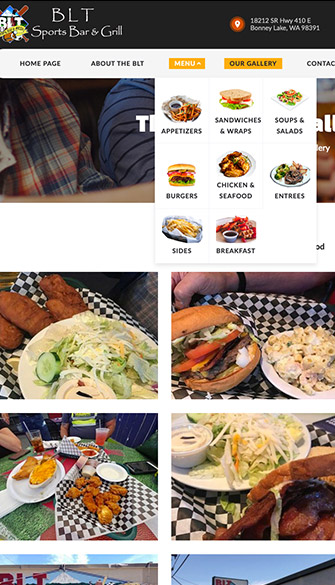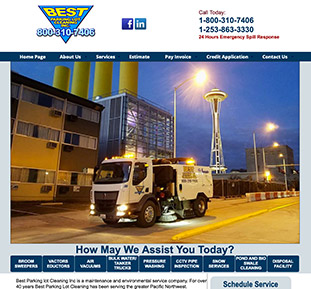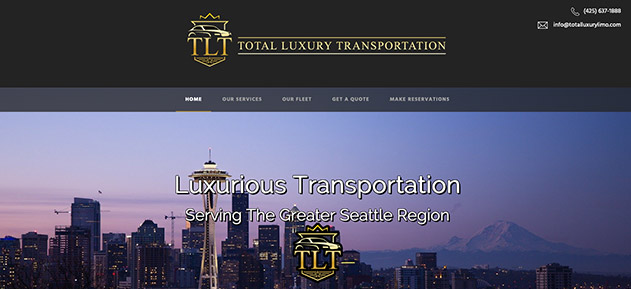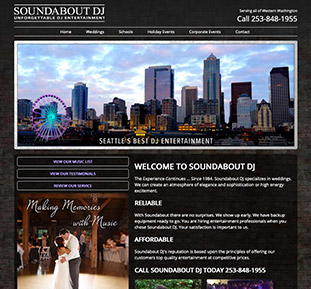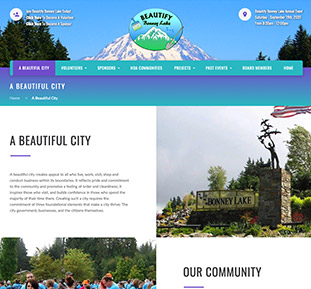We began our journey 13 years ago, and had Darrin at Notable Web design our website. We had so many different ideas and he was so knowledgeable to deliver those ideas into our website.

These numbered error codes are how the server tells website visitors about an error encountered. There are many different error codes that a server can deliver, but these are a few of the more common codes.
401 : Unauthorized
Access to the URL resource requires user authentication which either has not yet been provided, or which has been provided but failed. This is commonly known as password protection. Unless you have a good reason to do so, it is not recommended to redirect a 401 error.
403 : Forbidden
The request was a legal request, but the server is refusing to respond to it. Unlike a 401 Unauthorized response, authenticating will make no difference. This is usually due to a scripting or file permissions issue.
404 : Not Found
This response code indicates that the visitor was able to communicate with the server, but either the server could not find what was requested, or it was configured not to fulfill the request and not reveal the reason. Error 404 should not be confused with "server not found" or similar errors, in which a connection to the destination server cannot be made at all.
500 : Internal Server Error
Your web server encountered an unexpected condition that prevented it from fulfilling the request by the visitor. Basically, something has gone wrong, but the server can not be more specific about the error condition in its response to the visitor.
We began our journey 13 years ago, and had Darrin at Notable Web design our website. We had so many different ideas and he was so knowledgeable to deliver those ideas into our website.

Thanks for all you are doing for me! The website that you created for my accounting business is incredible! I've shown it to my clients and they absolutely love it!

YES!!!! This website Looks awesome! Thank you so much! I truly should not be this excited but I am! Incredible job Darrin!

Our new Beautify Bonney Lake website is now live!!! Thanks to Darrin with Notable Web for making this fantastic site possible.

Pards, you have outdone yourself once again. You have been working with me for over 15 years and I sincerely appreciate you!

Thank you for the SEO services you provided for our RV Center. You helped our websites attract a lot of new customers. Way to go Darrin, you are the best!

